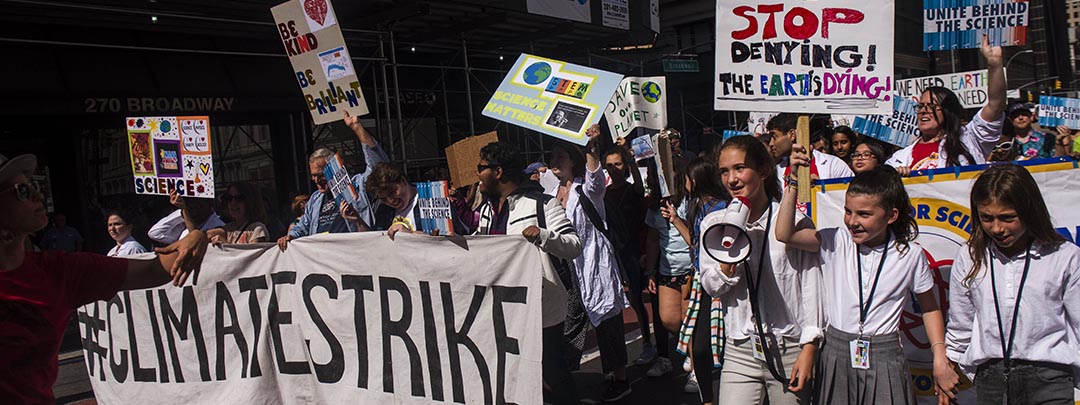Addressing Women's Burdens from Water Risks Could Help Reduce World Hunger
Aug 10, 2017
|
Ayushi Trivedi, Natalie Elwell, and Sara Walker
View Original
For hundreds of millions of women, providing food to feed their families is a daily imperative. Many of them depend solely on the meager yields of small plots and farms, with little or no access to support when vital crops fail. At the same time, they shoulder the burden of household chores like fetching water, washing and cooking. For these reasons, water shortages and other threats to food security usually affect women far more than men, with ripple effects on socio-cultural, economic, ecological and political issues.
Last month at the fifth UN High Level Political Forum (HLPF) in New York, where progress on Sustainable Development Goals (SDGs) was reviewed, separate discussions on SDG 2 (zero hunger) and 5 (gender equality) may have fallen short in addressing the complexities of the food security-gender gap. The importance of the issue is underlined by statistics: women comprise, on average, 43 percent of the agricultural work force in developing countries, grow as much as 80 percent of all food consumed in Sub-Saharan Africa, and produce 50 percent of all staple crops in Asia. These numbers are, in fact, underestimated―if unpaid work was accounted for, the figures would be even higher.
